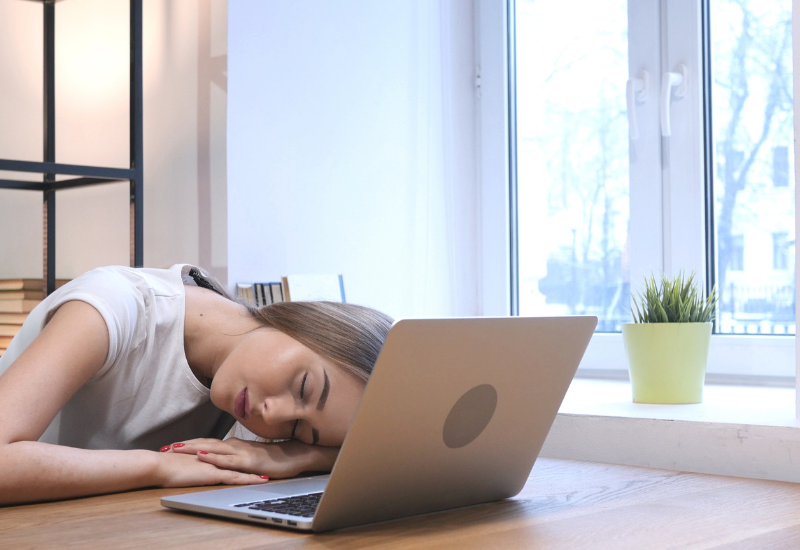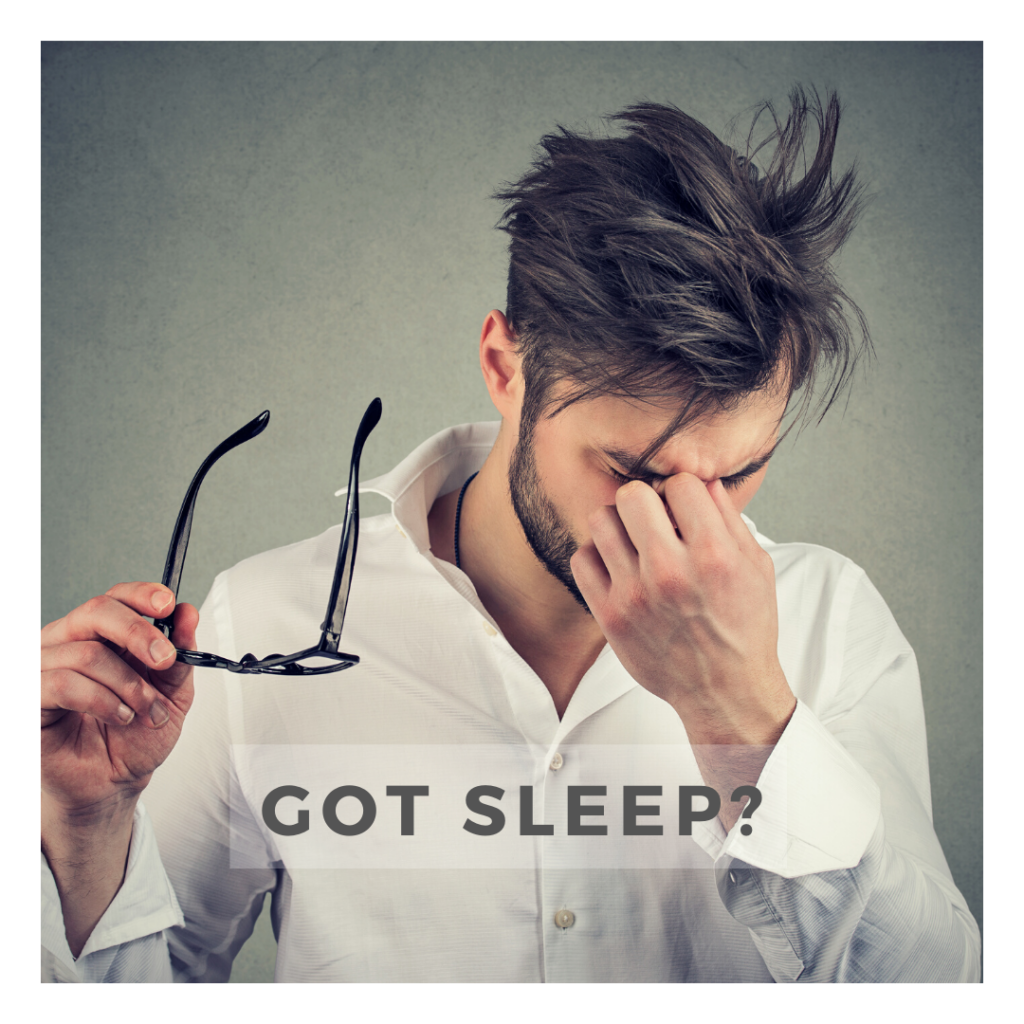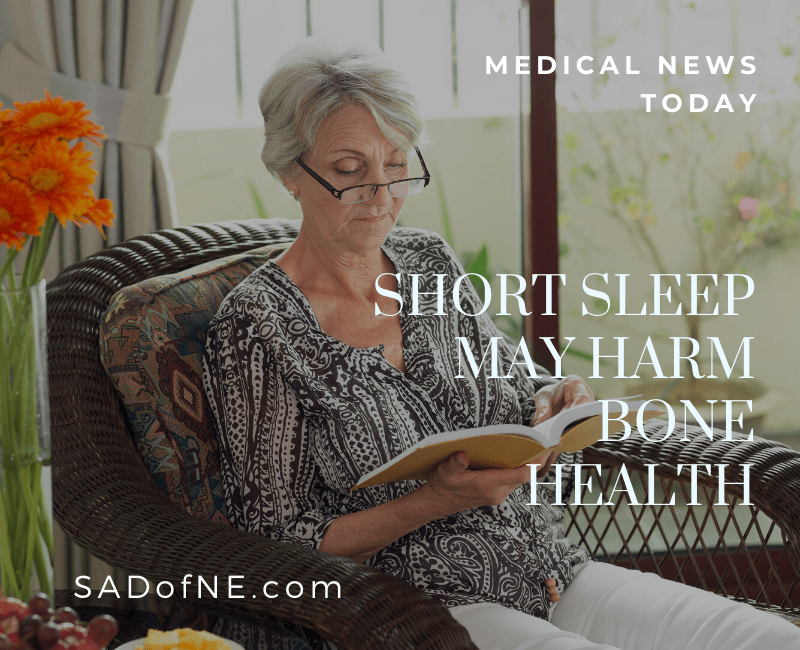Workaholism Linked to Lower Sleep Quality
Posted by Sree Roy | Jan 13, 2021 | Sleep Review Magazine

Workaholism or work addiction risk can lead to negative mental and physical health outcomes such as depression, anxiety, from lower sleep quality. Perception of work (job demands and job control) may become a major cause of employees’ work addiction.
An international group of researchers including a Higher School of Economics (HSE) University scientist explored the link between work addiction risk and health-related outcomes using the framework of Job Demand Control Model. The results are published in the International Journal of Environmental Research and Public Health.
Workaholics were defined as people who usually work 7 and more hours more than others per week. There are potential reasons for that: financial problems, poor marriage, or pressure by their organization or supervisor are a few. What can differentiate a workaholic behavior from similar behavior like work engagement? Workaholism is also known as a behavioral disorder, which means the excessive involvement of the individual in work when an employer doesn’t require or expect it.
The scientists aimed to demonstrate the extent to which the work addiction risk is associated with the perception of work (job demands and job control), and mental health in four job categories suggested by Karasek’s model or Job Demand-Control-Support model (JDCS). The JDCS model assumes four various work environments (four quadrants) in which workers may experience a different level of job demands and job control: passive, low-strain, active, and tense/job-strain. Job control is the extent to which an employee feels control over doing work.
[RELATED: A Conversation with Arianna Huffington, Author of The Sleep Revolution]
Low Strain Jobs
“Passive” jobs (low job control, low job demands) might be satisfying to a worker as long as the workers reach the set goal. “Low strain” jobs have high job control and low job demands. Individuals in this category are not particularly at risk of mental health problems, and it corresponds typically to creative jobs such as architects. “Active” workers have high job demands and high job control. They are highly skilled professionals with responsibilities, such as heads or directors of companies. Those highly skilled workers have very demanding tasks but they have high levels of decision latitude to solve problems. Finally, workers at risk of stress-related disorders are those within the “job strain” group (high demand and low control). For example, healthcare workers from emergency departments are typically in job strain because they cannot control the huge workload.
The study was conducted in France because it is one of the industrial countries with growing numbers of occupations. The authors of the research collected data from 187 out of 1580 (11.8%) French workers who agreed to participate in a cross-sectional study using the WittyFit software online platform. The self-administered questionnaires were the Job Content Questionnaire by Karasek, the Work Addiction Risk Test, the Hospital Anxiety and Depression scale, and socio-demographics. The authors of this study divided all the participants based on their occupational groups and investigated the link between work addiction risk and mental and physical health outcomes.
Vulnerable Occupations for Workaholism
“One of the novelties of this research was to introduce vulnerable occupational groups to organizations or job holders. For example, if we find that work addiction risk can be found more in some occupations and may result in negative outcomes for the health situation then we can give this information to decision makers in this organization or, for example, to the ministry of health. And they could intervene to prevent this problem,” says Morteza Charkhabi, associate professor at the Institute of Education at the HSE University, in a release.
The results show that high job demands at work are strongly associated with work addiction risk but the job control level does not play the same role. The prevalence of work addiction risk is higher for active and high-strain workers than for passive and low-strain workers. These two groups of workers appeared to be more vulnerable and therefore can suffer more from the negative outcomes of work addiction risk, in terms of depression, sleep disorder, stress, and other health issues.
“We found that job demands could be the most important factor that can develop work addiction risk. So this factor should be controlled or should be investigated by the organization’s manager, for example, HR staff, psychologists. Also another conclusion could be the job climate like job demands of each job category can influence the rate of work addiction risk. Thus in this study we actually focused on external factors like job demands not internal factors like the personal characteristics,” says Charkhabi.
The researchers found that people with higher work addiction risk compared to people with low work addiction risk have twice the risk of developing depression. Sleep quality was lower to workers with high risk of work addiction compared to workers with low risk of work addiction. Also women had almost twice the work addiction risk than men.




